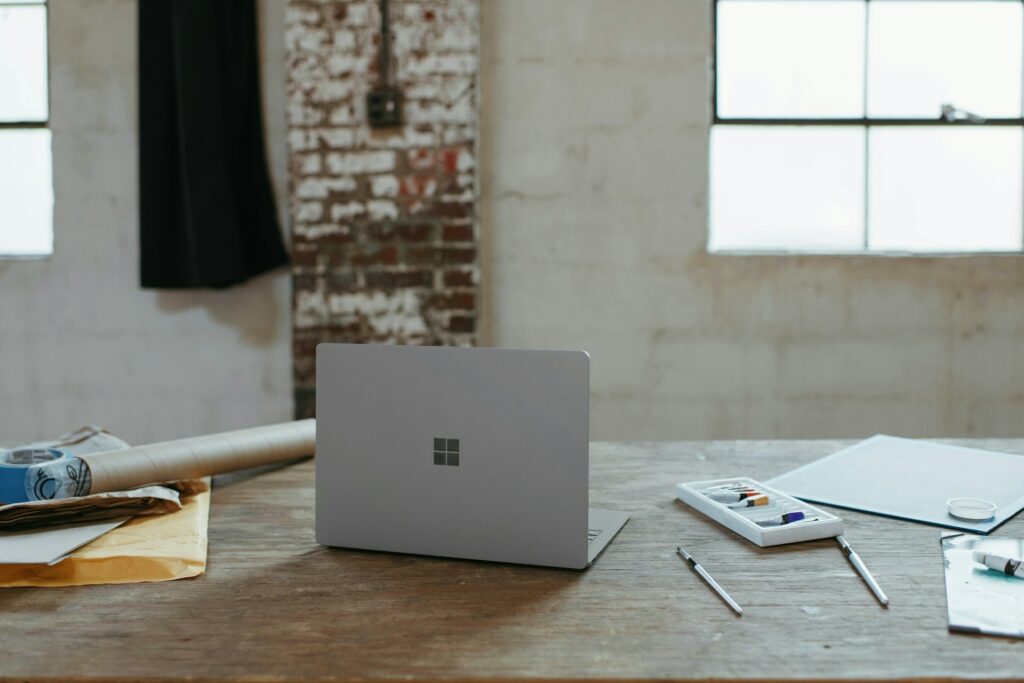An Explanation of How to Install Ransomware Protection on Windows

An Explanation of How to Install Ransomware Protection on Windows
In addition to being one of the most dangerous types of malware, ransomware is meant to lock or encrypt your data and then demand payment in order to regain access to them. The fact that ransomware, in contrast to typical viruses, targets personal data, photographs, papers, and corporate assets directly makes it an especially catastrophic cybersecurity threat. The good news is that Windows comes equipped with built-in ransomware prevention mechanisms that may considerably lessen the likelihood of you losing access to your data.
The protection against ransomware on Windows: What Is It?
Controlled Folder Access is a function that is included in Windows Security (Microsoft Defender Antivirus) that prevents unauthorized applications and malicious software from making modifications to your essential files. When used in conjunction with OneDrive file recovery, it guarantees that you will be able to restore your data without having to pay the ransom even in the event that an assault takes place.
Open Windows Security as the first step.
- Use the Win key and the I key to launch the Settings menu.
- Move to the Privacy & Security section, then choose Windows Security.
- The primary security dashboard may be accessed by selecting the Virus and threat prevention option.
Activate Controlled Folder Access as the second step.
Click the Manage settings button located under the Virus and threat protection options.
- Locate the defense against ransomware by scrolling down.
- To manage ransomware protection, choose Manage.
- Make sure that the Controlled folder access toggle is turned on.
- This prohibits apps that are not allowed from making changes to files that are stored in protected folders.
Step 3: Include Folders That Are Protected
Windows secures important files like Documents, Pictures, Videos, and Desktop by default. Other directories that are protected. However, you have the ability to add other folders that are significant to you.
- Click Protected folders in the Controlled folder access section of the menu.
- Make a selection Add a folder that is protected.
- If you want to protect your files against ransomware, you should choose extra folders, such as those on external devices or project directories.
Controlled access should be granted to trusted applications in the fourth step.
Attempts by lawful applications to access restricted folders might sometimes result in the application being stopped. In the event that this occurs:
- You should return to the settings for restricted folder access.
- Select the option to allow an application to access restricted folders.
- Discover and add the program that you have faith in.
- This guarantees that vital applications may function correctly while restricting the functionality of everything else.
The fifth step is to enable data recovery from ransomware using OneDrive.
The backup and recovery capabilities of OneDrive are integrated with ransomware prevention by Microsoft. You are able to restore files to a secure state in the event that they are ever encrypted.
- To protect yourself against ransomware, pick the Set up OneDrive option in the popup.
- Sign in using the account you have with Microsoft.
- Ensure that your desktop, documents, and pictures are backed up by configuring OneDrive correctly.
- Even in the event of a cyberattack, you are able to retrieve previous versions of files from Azure using OneDrive.
Keeping Windows and Defender up to date is the sixth step.
Due to the fact that ransomware is continually evolving, upgrades are essential.
- Select Windows Update from the Settings menu, and then install all of the available updates.
- Make sure that real-time protection and automatic updates are turned on in Windows Security > Virus & threat protection using the appropriate settings.
- This guarantees that you are constantly protected against ransomware with the most recent protections.
The seventh step is to make use of backups in conjunction with controlled access.
An technique that consists of two layers of security is the most secure method, even when ransomware protection is enabled:
- Controlled folder access should be enabled in order to prevent ransomware activities.
- Backups should be performed on a regular basis using either local disks, external drives, or cloud storage.
- In the event that ransomware does hit, you will still have copies of your data that are secure.
Practice Safe Habits to Protect Yourself from Ransomware (Step 8)
It is not enough to rely just on technology; your surfing habits are a significant factor in ensuring your safety.
- Do not download software from websites that you are not familiar with.
- When it comes to email attachments and links, exercise caution.
- In Office files, macros should not be enabled unless it is absolutely required to do so.
- To ensure the safety of backups, disconnect external drives while they are not being used.
Despite the fact that ransomware is one of the most significant digital dangers that exist today, Windows comes equipped with sophisticated safeguards that can protect users from it. You may reduce the likelihood of losing data by activating Controlled folder access, adding the folders that are most essential to you, establishing OneDrive recovery, and engaging in safe behavior when using the internet. Without having to depend on technologies provided by third parties, you will be ready to defend yourself against even the most aggressive ransomware assaults if you have these precautions in place.







